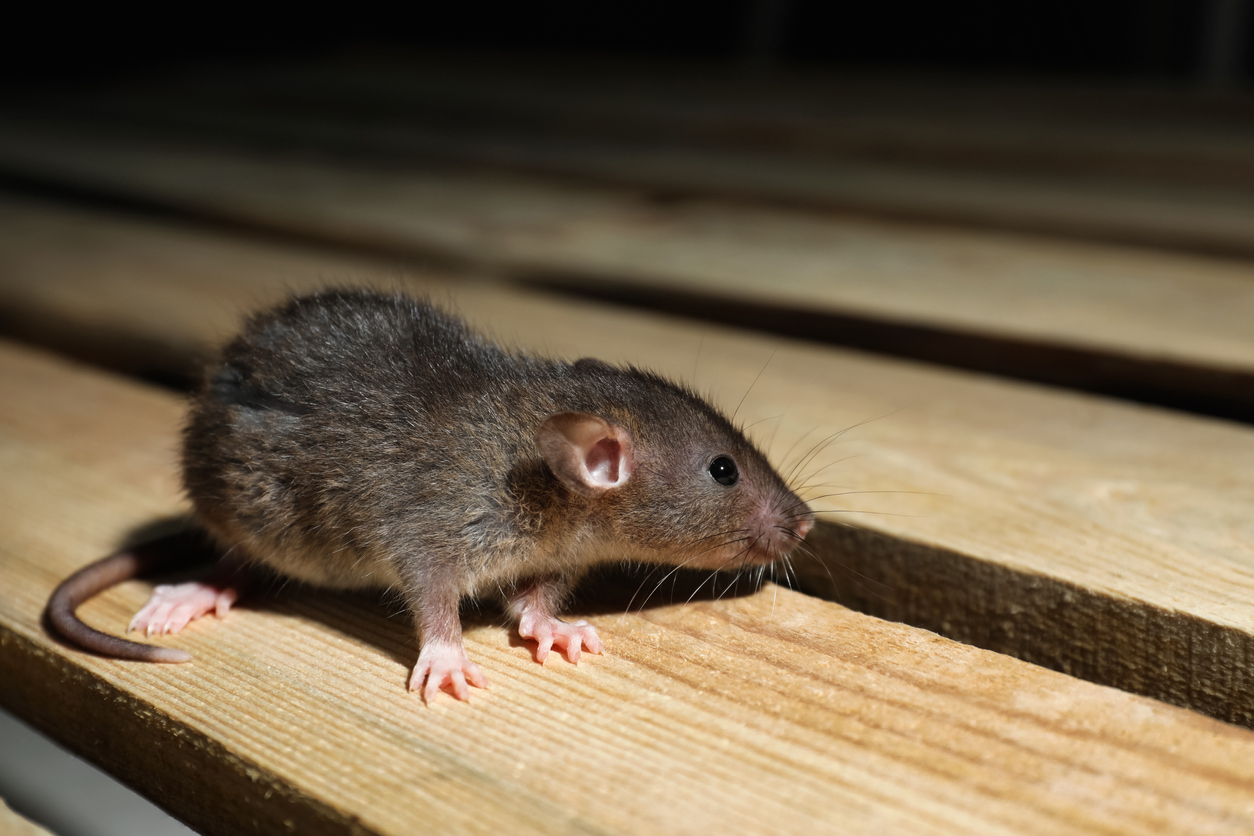Family-Friendly Rodent Control Checklist: A Safe Approach
Share
As a homeowner, keeping your living space clean and healthy is a top priority, especially when it comes to safeguarding your family from unwanted pests. One common household challenge is dealing with rodents. While these small creatures may seem harmless, they can pose significant health risks. Creating a family-friendly rodent control checklist is essential to ensure your home is safe without compromising your family's well-being.
In this in-depth guide, we'll explore methods and strategies for effective rodent control that are safe for families. Whether you're worried about the impact of chemicals or simply want a more natural approach, this checklist will cover everything you need to know.

Understanding the Need for Safe Rodent Control
Rodents such as mice and rats are more than just nuisances; they can carry diseases and cause extensive property damage. From gnawing on electrical wires to contaminating food supplies, the presence of these pests can lead to serious issues. It's crucial to address these problems with solutions that do not endanger children or pets.
As we delve into creating a comprehensive checklist, its important to note that traditional rodent control methods often involve toxic substances. These can be harmful if ingested or inhaled, especially by young children or pets. Hence, opting for a family-friendly rodent control checklist ensures peace of mind.
Identifying Signs of Rodent Infestation
Before implementing any control measures, it's vital to confirm the presence of rodents in your home. Look out for the following signs:
- Droppings: Small, dark, and pellet-shaped droppings are a clear indication.
- Gnaw Marks: Check for chewed wires, furniture, or food packaging.
- Noises: Scratching or scurrying sounds in walls or ceilings, especially at night.
- Nests: Shredded paper or fabric in hidden areas may indicate nesting.
- Tracks or Runways: Smudge marks or footprints along walls or floorboards.
Creating a Family-Safe Rodent Control Plan
Once you've identified a rodent problem, it's time to create a control plan that ensures safety for all household members. Heres how you can do that:
1. Seal Entry Points
The first step in any rodent control plan is to prevent entry. Mice can squeeze through openings as small as a dime, so carefully inspect your home for potential entry points. Use steel wool or caulk to seal gaps around doors, windows, and utility lines. For detailed guidance, visit How to Find and Seal Mouse Holes.
2. Maintain Cleanliness
Keeping your home clean is a simple yet effective way to deter rodents. Ensure food is stored in airtight containers, and keep kitchen surfaces free from crumbs. Regularly dispose of garbage and maintain a clean environment to reduce the attraction for pests.
3. Use Non-Toxic Repellents
Several natural repellents can help keep rodents at bay without posing risks to your family. Peppermint oil, for instance, is a popular choice. Its strong scent is known to repel rodents. Soak cotton balls in peppermint oil and place them in areas where you've noticed rodent activity. For more natural methods, check out Natural Mouse Repellents That Work.
4. Choose Humane Traps
If trapping is necessary, opt for humane traps that capture rodents without causing harm. These traps allow you to release the rodents far from your home, reducing the chance of them returning. Ensure traps are placed in areas inaccessible to children and pets. For more on using traps safely, explore Using Traps Around Pets Safely.
5. Regular Maintenance
Consistent maintenance is vital to prevent future infestations. Regularly inspect your home for new entry points and signs of rodent activity. Implementing a maintenance schedule can help keep your home rodent-free. Discover more about maintaining a rodent control strategy by visiting Rodent Control Maintenance Schedule.
When to Call a Professional
Sometimes, despite your best efforts, rodents may persist. In such cases, it might be time to call in professional pest control services. Ensure that the service you choose uses family-friendly and eco-conscious methods. Professional intervention can provide tailored solutions and peace of mind.
Conclusion
Creating a family-friendly rodent control checklist is essential for maintaining a safe and healthy home environment. By identifying signs of infestation early, sealing entry points, using non-toxic methods, and maintaining cleanliness, you can keep your home free from rodents without compromising your family's safety.
For further reading on safe and humane rodent control methods, consider visiting Good Housekeeping's Guide to Rodent Control.

Frequently Asked Questions
1. What are the health risks associated with rodents?
Rodents can carry diseases such as hantavirus, leptospirosis, and salmonella, which can pose significant health risks to humans.
2. Are electronic repellents effective?
Electronic repellents can be a part of a rodent control strategy, but their effectiveness varies. They are best used in combination with other control measures.
3. How often should I inspect my home for rodents?
It's advisable to inspect your home for signs of rodents at least once every few months, especially during colder seasons when they seek shelter indoors.
